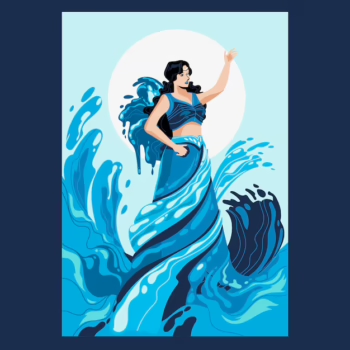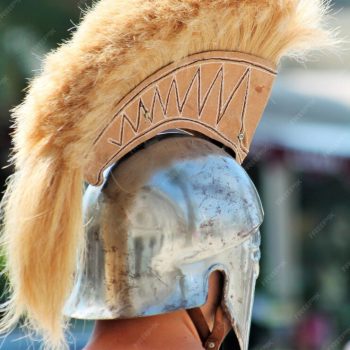HISTORICAL CURIOSITIES

In this section you will find a series of curiosities and historical news that can be the inspiration for some pleasant reading.
WHO WAS MESULLAM

Mesullam, in Semitic languages, means “friendship.” It is the name borne by several biblical figures.
It is also the name of a skilled archer who was part of Xenophon’s expedition of the Ten Thousand, whose story is told in the Anabasis. When the leaders of the expedition were uncertain about which direction to take, they consulted the haruspices, who tried to interpret the flight of birds. Mesullam then shot an arrow and brought down one of these birds, explaining that one could hardly rely on animals incapable of foreseeing their own imminent death, and that therefore any decision based on their flight could not be considered trustworthy.Mesullam was thus a courteous forerunner of rational thought over superstitious belief.
LET ME INTRODUCE YOU TO LEMANJA

MENELAUS WAS BLOND

© 2025 Federico Carra. All rights reserved to the author..
